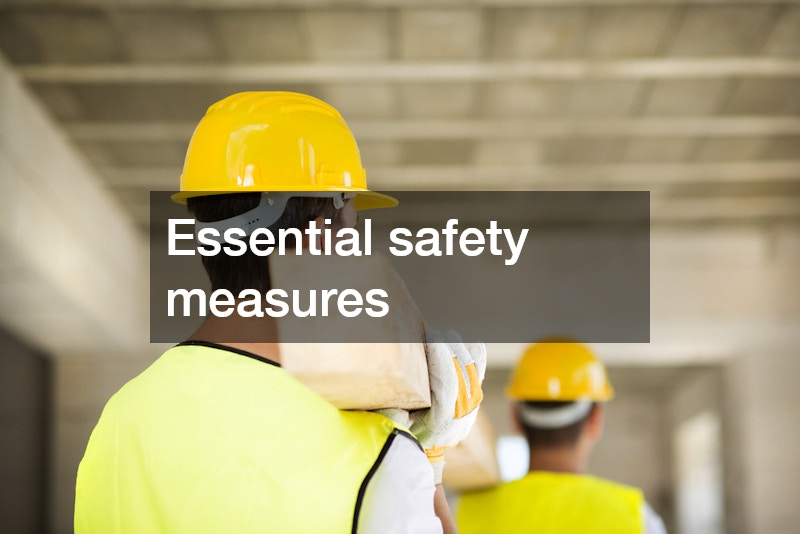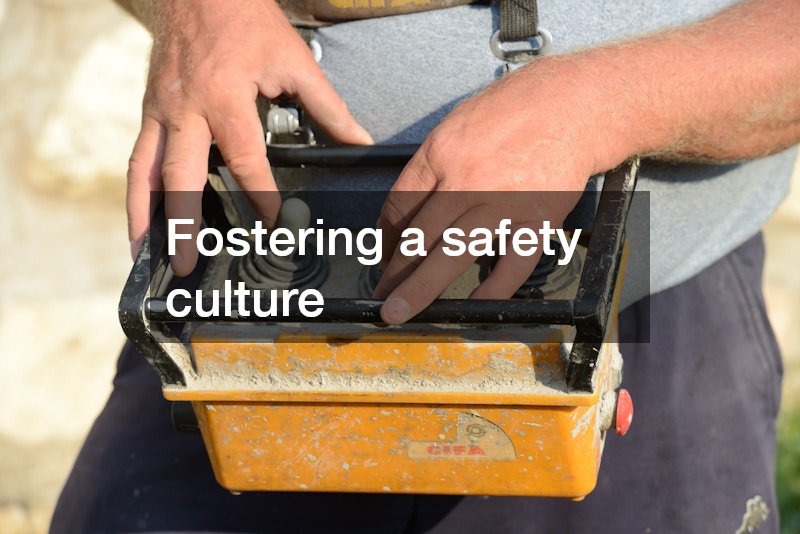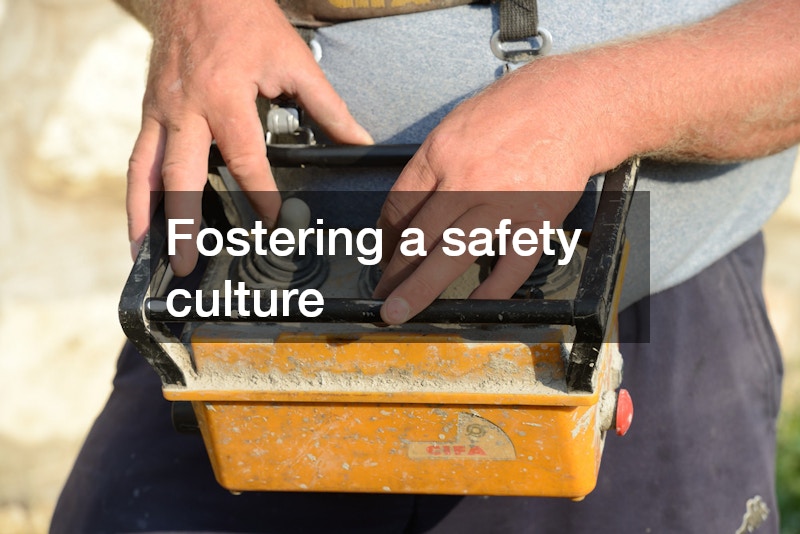
Safety cannot be overstated on busy excavation sites. Workers face significant risks associated with digging deep into the earth, and operating according to strict safety measures is critical. This is where a qualified excavating company and its experienced excavating contractor are needed. These professionals are trained to manage the digging process efficiently and ensure that safety protocols are followed rigorously to protect everyone involved.

This article explores the essential safety measures that should be implemented by any excavating services provider. Understanding the inherent risks of excavation work—such as cave-ins, equipment accidents, and exposure to hazardous materials—can empower workers to advocate for their safety and the safety of their colleagues. From wearing appropriate personal protective equipment (PPE) to recognizing the importance of thorough site inspections before excavation begins, we’ll cover critical steps that contribute to a safer working environment.

By fostering a safety culture, excavating companies and their contractors protect their workforce and promote efficiency and productivity on site. Whether you are an experienced worker or a new recruit in the excavation and construction industry, you must understand these safety measures for your personal well-being and the success of the project. Let’s go through them to ensure everyone goes home safely at the end of the day.

Since excavation, according to the United States Department of Labor’s Occupational Health and Safety Administration (OSHA), is one of the most dangerous and hazardous types of construction operation, it is vital that workers following safety protocols. Different types of shoring, or support systems, need to be utilized during the excavation process.
An excavation is defined by any type of man-made cut, cavity, trench, or depression made in the surface of the earth that involves removing earth and other debris. Trenches, for example, are narrow spaces that are deeper than they are wide, and aren’t usually wider than 15 feet. When providing shoring for these spaces, timber and aluminum hydraulic shoring are used.
There are three classes of shoring. These are defined by their supportive characteristics and spacial positions within the excavation site:
- Raking or inclined shores
- Flying or horizontal shores
- Dead or vertical shores
Posts, wales, struts, and sheeting are different types of shoring systems identified by OSHA. While there are two types of shoring used, timber and aluminum hydraulic shoring, the latter is more commonly used. Hydraulic shoring is considered to be safer than timber shoring because workers can install and remove it while outside the trench.
Trench boxes, or shields, are usually used in open areas. However, they can also be used with sloping and benching. If an excavation site’s surface slope, then the box needs to extend a minimum of 18 inches above the slope.
Unless an excavation is made in stable rock, additional protective systems need to be in place for trenches that are 5 feet or deeper. When these trenches are 20 or more feet deep, then engineer-designed and approved protective systems need to be in place.
Safe access and egress requirements are also defined by OSHA. When working on an excavation, ladders, steps, ramps, and other safety devices need to be in place. This requirement covers trenches that are 4 or more feet deep, and they need to be located within a 25-foot proximity to the workers.
Other safety measures pertain to the piling of excavated soil, debris, and other materials. This material should be placed a minimum of 2 feet away from the edges in order to prevent it falling back into the trench. Furthermore, this can also prevent tools and equipment from falling or rolling into the trench.
Atmospheric hazards need to be testing for during excavations. This is particularly important when digging trenches that are 4 or more feet deep. In addition to low oxygen levels, there is a possibility of encountering hazardous fumes and toxic gases at this depth.
When working on construction sites that involve excavations, there are other safety measures to keep in mind. Wearing the proper safety gear is also essential.
